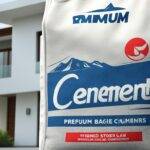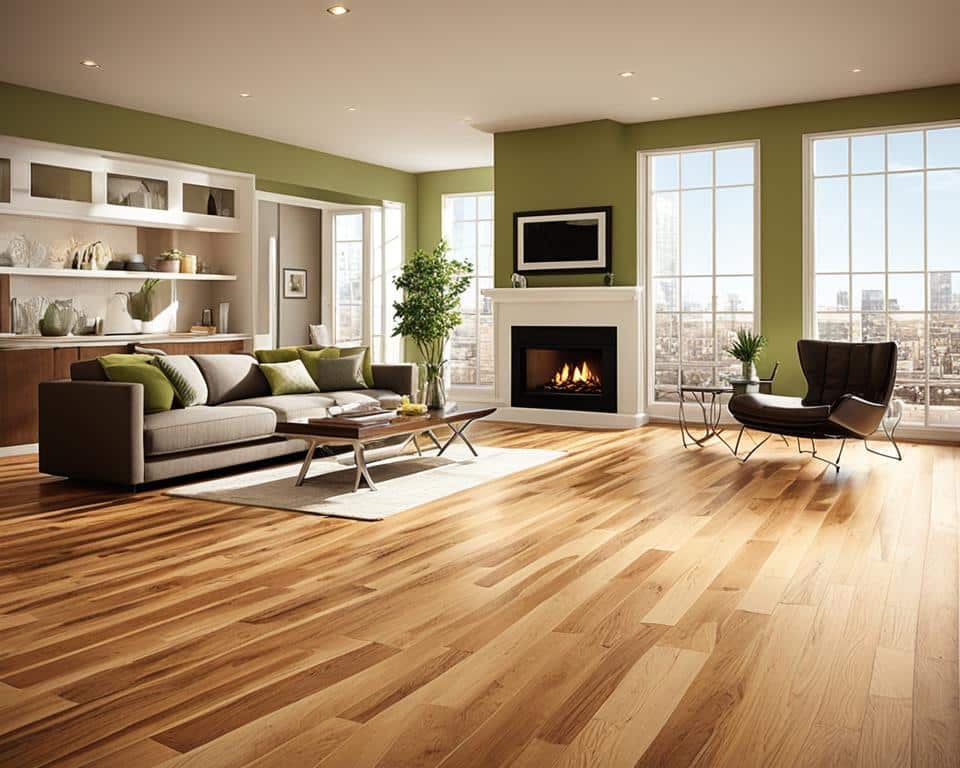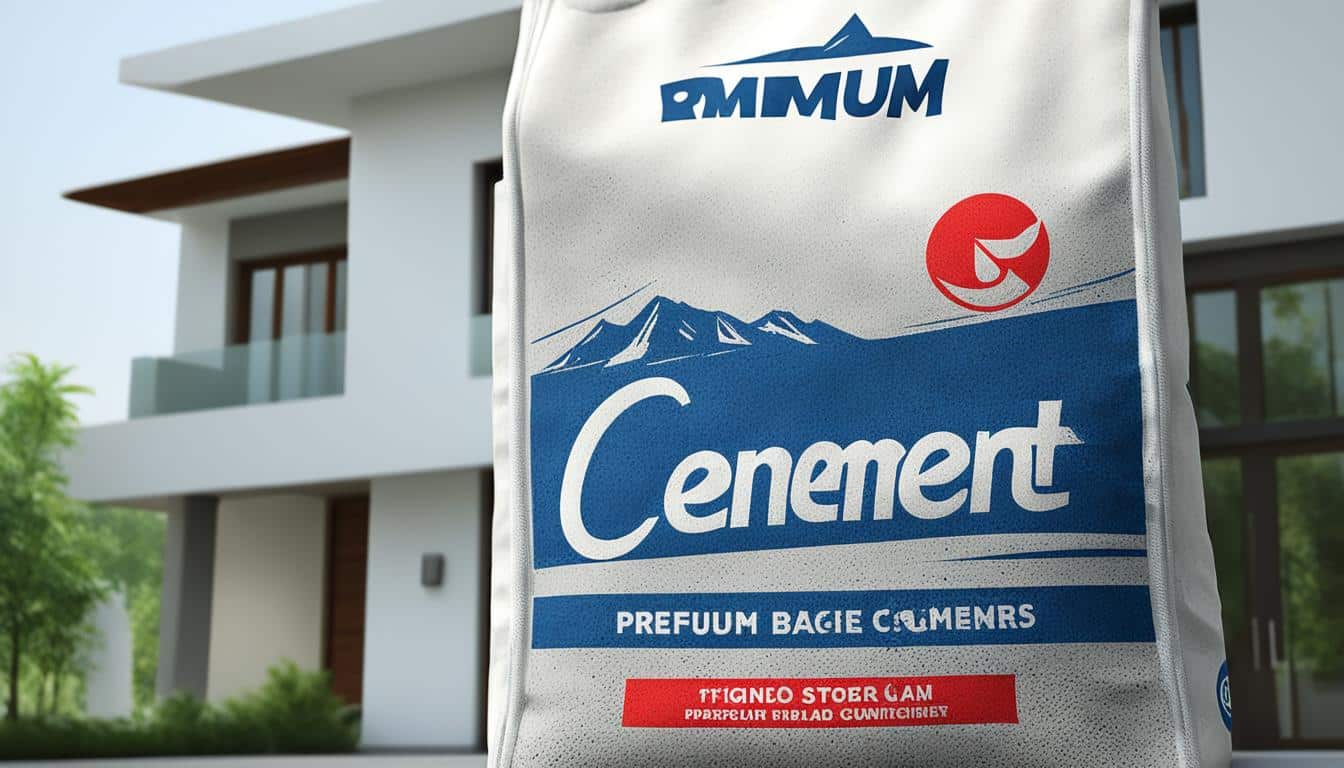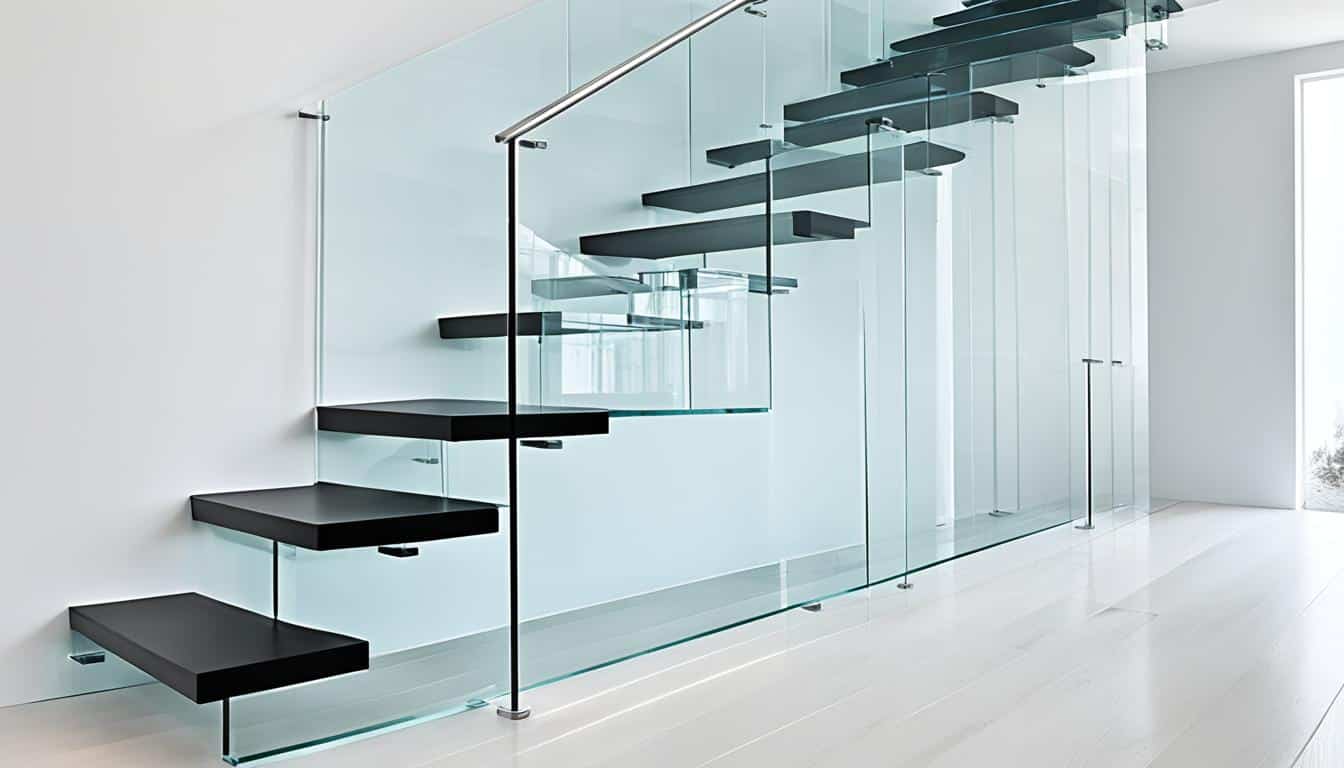Selecting the proper house construction materials can make or break the quality and longevity of your dwelling. Among these, choosing the Best Bricks for Building a House is a pivotal decision for any home builder or renovator. Not only do bricks provide a fundamental structural role in a house’s construction, but they also contribute significantly to a home’s overall aesthetic and energy efficiency. A brick’s value crosses numerous boundaries, from its durable bricks nature capable of weathering the elements to the comforting solidity it bestows on a residence.
With insights from seasoned construction veterans and innovative brick manufacturers, this section will delve into why certain bricks rise above others for residential projects. We will explore the importance of durability, not just in the context of withstanding the test of time, but also in maintaining their functional beauty. Join us as we discuss the critical elements that categorize the best bricks in the industry for building a reliable and stunning home.
Key Takeaways
- The importance of choosing quality bricks in house construction cannot be understated.
- Top-grade durable bricks enhance both the aesthetic and structural integrity of a home.
- It is critical to examine the attributes that define the best bricks for your specific building needs.
- Consulting with professionals in the field provides valuable insights into the selection process.
- House construction materials are a significant investment, emphasizing long-term benefits over short-term savings.
- Durability and aesthetic appeal go hand in hand when selecting the right bricks for building a home.
Understanding Different Types of House Bricks
When diving into the world of construction, it quickly becomes apparent that not all bricks are created equal. House builders and enthusiasts, take note: the types of bricks you select will significantly impact the structural and aesthetic quality of your home.
Clay bricks and concrete bricks are the two primary contenders in the realm of brick construction. On one hand, the traditional charm of clay bricks is hard to dismiss, with their natural color variations and remarkable longevity. On the other hand, concrete bricks offer a modern alternative, boasting diverse design options and consistency in shape and size.
Clay vs Concrete Bricks
The Brick Industry Association has long extolled the virtues of clay bricks. With their exceptional durability and long-term color retention, they are often the go-to choice for projects that aim to age gracefully over the decades. Concrete bricks, with their uniformity and cost-effectiveness, are a practical solution for large-scale projects or modern, streamlined designs.
Handmade vs Machine-Molded Bricks
The tactile appeal and individual personality of handmade bricks cannot be overstated. Each piece holds a bit of the artisan’s touch, which adds to the rich tapestry of a building’s façade. However, machine-molded bricks provide a level of precision and replicability that ensures a cohesive look and potentially faster construction times.
What Makes a Best Bricks for Building a House?
Citing the standards from The American Society for Testing and Materials (ASTM), a good house brick boasts a trio of brick qualities: high compressive strength, low absorption rate, and steadfast resistance to environmental threats. The ability to sustain these standards over time is what distinguishes a merely serviceable brick from an exceptional one.
Whether choosing between the rustic allure of handmade clay bricks or the sleek uniformity of machine-molded concrete bricks, builders must weigh the merits of each to find the perfect balance for their project. The journey of building a house starts with this foundational choice, one that anchors the dreams of homeowners in the solid reality of brick and mortar.
Selecting the Right Brick for Your Climate
As we scrutinize the various facets of brick selection, a fundamental aspect that must not be overlooked is the climatic influence. Climate plays a pivotal role in determining which brick will be the most suitable for a particular region. Whether facing the punishing cold of northern winters or the relentless humidity of tropical environments, the choice of brick can significantly affect both the durability of the structure and the comfort of its inhabitants. Subsequently, we delve into different bricks engineered to endure specific climate challenges while also highlighting the importance of their thermal properties.
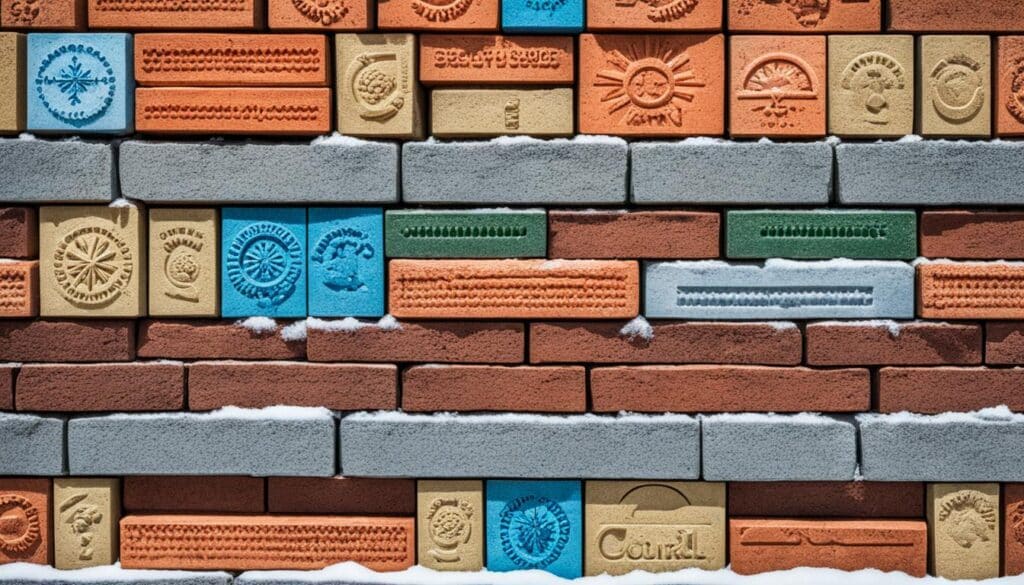
Weather-Resistant Bricks for Cold Climates
Climate-resistant bricks come to the forefront when selecting materials for regions subject to freezing temperatures. According to the International Building Code, weather-resistant options such as frost-proof bricks are critical, as they can absorb and withstand the expansion of freezing water without cracking. Such bricks are typically subjected to rigorous testing to ensure their ability to survive the freeze-thaw cycles.
Bricks Suited for Hot and Humid Regions
For areas plagued by high humidity and heat, the selection criteria shift to bricks that can buffer against temperature swings and resist moisture penetration. Expert opinion sways in favor of bricks with low thermal mass and high insulation properties, enabling structures to remain cool without overburdening cooling systems. These bricks not only provide comfort but also contribute to energy efficiency.
Impact of Thermal Conductivity on Comfort
The thermal conductivity of a brick determines its ability to transfer heat. High thermal conductivity can lead to heat intrusion in summers and heat loss in winters, affecting the thermal comfort within a home. Addressing this, the advancement in brick technology has led to the development of bricks with enhanced insulation properties, promoting balanced indoor temperatures and contributing to a house’s energy performance profile.
| Brick Type | Thermal Conductivity | Insulation Properties | Climate Suitability |
|---|---|---|---|
| Frost-Proof Bricks | Low to Moderate | High resistance to freeze-thaw cycles | Cold climates with severe winters |
| Low Thermal Mass Bricks | Low | Keeps interiors cool | Hot and humid regions |
| Insulating Bricks | Varies (can be engineered) | High insulation for energy efficiency | All climates, ideal for temperature moderation |
Ultimately, the careful selection of bricks based on climate can dramatically enhance the longevity and comfort of a building. The incorporation of climate-resistant bricks with favorable thermal and insulation properties into a construction project can lead to a structurally sound and energy-efficient home.
The Aesthetic Appeal of Bricks in House Building
The choice of brick for your home is much more than a structural necessity; it’s a design statement that can significantly alter the visual appeal of bricks in the architectural landscape. Today, homeowners and architects alike recognize that the brick design and pattern chosen can dramatically enhance the house exterior aesthetics, setting a property apart from its neighbors.
Through strategic selection, bricks can transform a home’s exterior into a testament to timeless elegance or a beacon of modern sophistication. The texture, color, and arrangement of bricks work in concert to create a compelling visual story. With a myriad of brick types available, homeowners can customize the look and feel of their dwellings to reflect their personal style and the character of the surrounding environment.
“Nothing complements a lush garden like a warm brick facade, offering a hint of traditional charm that never goes out of style.” – Renowned Architect, Frank Harmon
Harmon’s assertion captures the essence of how carefully planned brick design contributes to the overall appeal of a residence. Whether it’s a classic stretcher bond, the geometric patterns of a basket weave, or the rustic charm of a herringbone layout, these designs serve as the canvas upon which homeowners can articulate their aesthetic visions.
- The natural color variations of bricks lend themselves to a variety of appealing patterns.
- Choosing a unique bond or layout can create visual interest and textural depth.
- Accent features, such as arches or decorative courses, can elevate the curb appeal.
It’s not just about the immediate impression but also the long-term value. A well-chosen brick exterior can indeed increase a property’s market value, with potential buyers often swayed by the charm and perceived durability of brick. The combination of visual attractiveness and enduring quality makes brick a standout choice for those seeking both beauty and return on investment.
| Brick Design Feature | Description | Visual Impact |
|---|---|---|
| Color Variety | Diverse hues from terra-cotta reds to earthy browns | Adds depth and complements natural surroundings |
| Texture | Ranges from smooth finishes to rough, rustic surfaces | Creates a tactile quality that can be both inviting and commanding |
| Bond Patterns | Includes stretcher, Flemish, and English bonds, among others | Introduces rhythm and interest, tailoring the home’s character |
Ultimately, brick is not merely a building material but a design element that offers limitless possibilities to craft a home’s exterior into a work of art. It embodies an interplay of durability and desirability, establishing the façade as a pivotal factor in achieving both structural integrity and aesthetic allure.
Brick Durability and Maintenance: What to Expect
Bricks have long been praised for their durability and ease of maintenance. An understanding of brick lifespan and attentive brick maintenance can ensure your home stands the test of time, while proper vigilance can prevent common brickwork issues. The National Association of Home Builders (NAHB) suggests that, with appropriate care, bricks can last over a hundred years.
Longevity of Different Brick Materials
The life expectancy of brick materials can vary, driven by the type of brick and the conditions it faces. For instance, solid clay bricks are renowned for their endurance, capable of surviving centuries when maintained correctly. Conversely, concrete bricks, while sturdy, possess a comparatively shorter lifespan but still provide considerable durability for home construction. Variables such as climate, exposure to elements, and construction quality all contribute to the longevity of brick materials.
Simple Maintenance Tips for Brick Homes
Basic upkeep can drastically extend the life and appearance of a brick home. Regular inspections are crucial to spot early signs of issues. Periodic cleaning with a hose, soft-bristled brush, and soapy water can keep brickwork looking fresh. It is also essential to check for and repair any damaged mortar, which can prevent further deterioration. Protective sealants can be applied to repel water and resist fading. Such maintenance practices are simple yet effective in preserving the aesthetic and structural integrity of a brick home.
Dealing with Common Brick-Related Issues
Even with the most diligent care, brick homes can encounter typical problems. Efflorescence, the white powdery residue on bricks, occurs due to water evaporation leaving behind salt deposits. This can often be removed with a specialized cleaner or by gentle brushing. Spalling, wherein bricks chip or flake, usually arises from moisture penetration and repeated freeze-thaw cycles. Preventative measures such as proper drainage and moisture management can mitigate these issues, while skilled masonry repair can address existing damage.
Maintaining a home’s brick facade involves more than cosmetic attention. Ignoring signs of damage can lead to escalating complications, necessitating more extensive and expensive repairs. Nonetheless, the combination of vigilant maintenance and prompt action on brickwork issues can help preserve your home’s resilience and value.
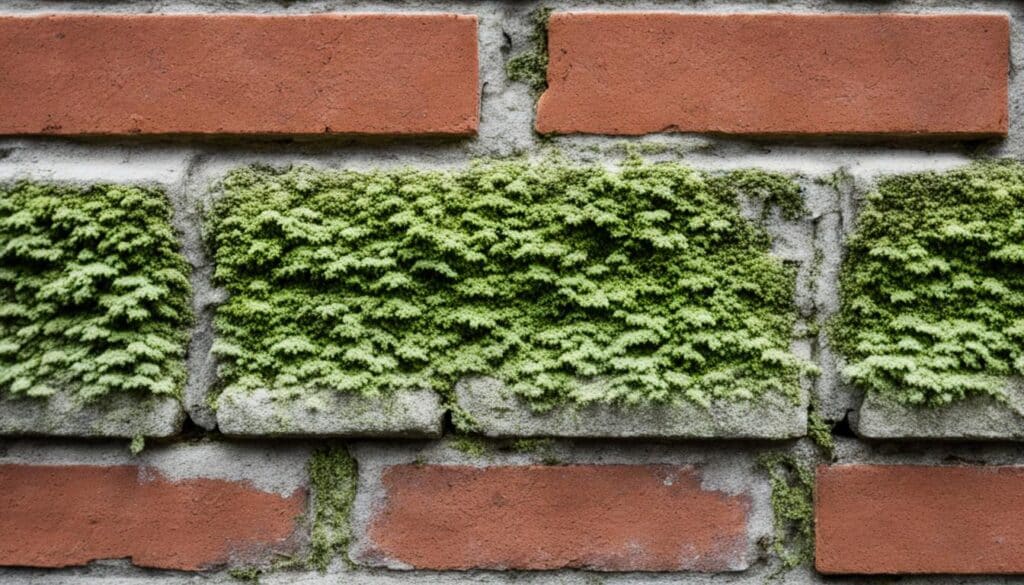 <!–
<!–
| Brick Type | Expected Lifespan | Maintenance Tips | Common Issues |
|---|---|---|---|
| Clay Bricks | 100+ years | Clean periodically, check mortar, apply sealant | Efflorescence, spalling |
| Concrete Bricks | 50-100 years | Regular inspection, prompt repairs | Moisture penetration, cracking |
–>
Cost-Effective Bricks for Budget Builds
Finding a balance between affordability and quality is key when it comes to selecting budget-friendly building materials for construction. In the realm of cost-effective options, affordable bricks are a staple for homeowners who want the reliability of brick without the hefty price tag. Not only do economical bricks provide the structural sturdiness needed, but they can also contribute to the aesthetic value of the property.
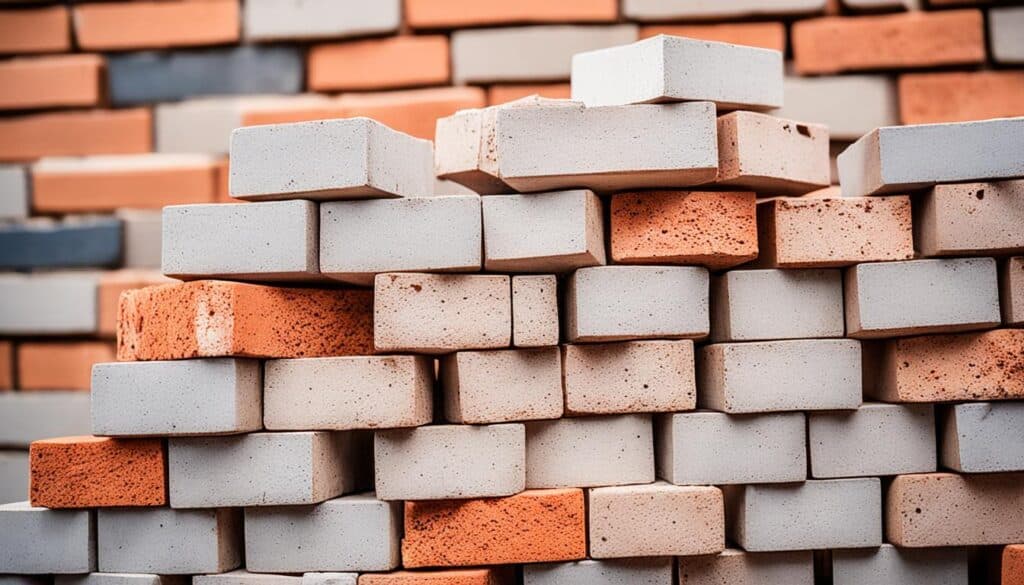
Experienced builders and suppliers often recommend specific types of bricks that offer the most bang for your buck. The cost of bricks can vary greatly depending on the material, finish, and brand, but there are certain varieties known for being more cost-effective without compromising on strength or appearance.
| Brick Type | Average Cost | Pros | Cons |
|---|---|---|---|
| Extruded Clay Bricks | Lower cost | Uniform size, less breakage during shipping | Limited color and texture options |
| Concrete Bricks | Competitive pricing | High thermal efficiency, diverse designs | Shorter lifespan than clay |
| Reclaimed Bricks | Varies (often more affordable) | Unique aesthetic, environmentally friendly | Potentially irregular sizes, limited supply |
While new bricks might seem like the go-to option, many overlook the potential of reclaimed bricks. They can be a highly affordable solution and add an element of rustic charm to your build. It’s also a plus for eco-conscious builders who are looking to minimize the environmental impact of their projects.
To source these cost-effective bricks, connecting with local brick suppliers or visiting salvage yards can yield fruitful results. Looking into overstock from construction sites or misordered bricks can also lead to budget-friendly finds. Utilizing these avenues means you don’t have to sacrifice quality for cost and can still achieve a beautiful and durable result.
“When it comes to building on a budget, the smart use of affordable bricks can make all the difference. It’s about knowing where to look and choosing the right type for your project,” shares a seasoned contractor.
Ultimately, the right choice of bricks for a budget build can be found by combining diligent research with the knowledge of industry experts. With a bit of effort, homeowners can lay the foundation for a cost-effective yet beautiful home.
Eco-Friendly and Sustainable Brick Options
In the dynamic landscape of eco-conscious construction, sustainable bricks are setting a new standard for efficiency and environmental stewardship. Crafted with both the planet and performance in mind, these innovative building materials are forging a path towards a greener, more sustainable future. Let’s explore the various advancements in brick manufacturing that are helping to conserve natural resources, reduce waste, and still deliver on the reliability expected from traditional brick construction.
Bricks Made from Recycled Materials
Revolutionary strides in sustainability have led to the advent of recycled brick materials, a transformative step in building practices. These sustainable bricks, oftentimes fashioned from post-consumer glass, reclaimed brick, or even construction debris, embody an eco-friendliness that resonates with the growing call for sustainable living. Not only do they divert waste from landfills but also require less energy to produce, making them an appealing choice for the environmentally conscious builder.
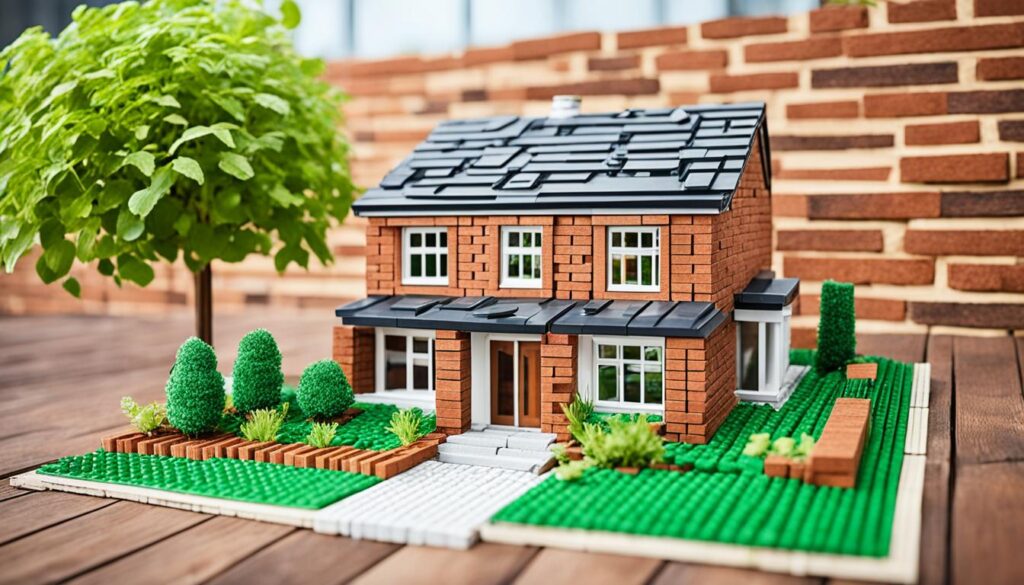
Energy Efficiency of Green Bricks
The prowess of these green bricks extends beyond their composition. They are frequently lauded for their enhanced insulating properties, contributing positively to a home’s overall energy efficiency. This translates into cooler interiors during hot seasons and warmth retention when the mercury drops, all while trimming down utility bills. The material innovation doesn’t stop at just insulation; many are also designed to optimize thermal mass, further stabilizing indoor temperatures amid varying climatic conditions.
How Sustainable Bricks Contribute to LEED Ratings
Beyond the immediate environmental and efficiency benefits, sustainable bricks also influence broader sustainability credentials, notably assisting in achieving LEED-certified building materials status. Predicated on a points-based rating system, the Leadership in Energy and Environmental Design (LEED) recognizes and rewards buildings that incorporate sustainable practices. Using these eco-friendly bricks can earn critical points in categories such as Materials and Resources, Energy and Atmosphere, or Innovation, edging a project closer to coveted LEED certification.
Achieving LEED certification not only signifies a building’s reduced environmental impact but can also represent substantial operating cost savings over time. This makes the selection of sustainable bricks a cornerstone in the pursuit of constructing buildings that are as kind to the environment as they are beneficial to their occupants and owners.
The combined benefits of resource conservation, operational cost savings, and enhanced aesthetic appeal make the choice of recycled brick materials and other green options an intelligent one for any construction project with an eye on the future.
Conclusion Of Best Bricks for Building a House
The journey of building a brick house is filled with critical choices, among which the optimal brick selection stands paramount. We’ve explored a gamut of considerations vital for choosing the best house bricks, including type, durability, aesthetic impact, and eco-friendliness. The material you select not only shapes the walls of your abode but also has a long-term influence on its strength, maintenance requirements, and energy efficiency.
Armed with in-depth insights from this comprehensive guide, prospective homeowners can navigate the decision-making process with heightened confidence. The goal has always been to equip you with the knowledge to weigh personal preferences against practical constraints, be it budget-wise or environmental impact. Your brick house is more than just a residence; it’s a reflection of your values, a sanctuary designed to last generations, and a statement of architectural intent.
As you step forward on the path to establishing your dream home, let the foundation be as robust as the bricks you select. With a thoughtful approach towards building a brick house, your investment today will stand as a testament to your diligent planning, transforming brick by brick into a cherished home. Embrace this venture with gusto, knowing your choice of the Best Bricks for Building a House will erect walls that offer shelter, warmth, and memories for a lifetime.

